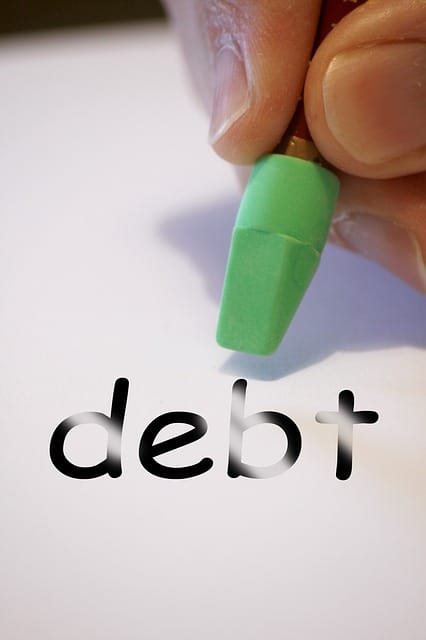9 Ways to Avoid Bad Debts in Your Business.
- Stick To Your Payment Terms
It is crucial to set the payment terms in writing with every client. This allows for a clear understanding of your relationship and protects your business. The terms should state that all costs associated with recovering outstanding invoices will be borne by the client.
Make sure you always have your invoices with the correct payment terms. Customers won’t be able to pay their invoices on their terms if you do this. Clients will be more likely to pay you if your credit terms are shorter.
- Date Systems and Processes
Set up systems and processes to deal with missed or late payments. Once the invoices have been paid, you should cease supplying goods and services. While this may cost you more business, in some cases it’s better than spending your time and resources. In some cases, you might not be able to recover the cost.
- Credit Check for New Customers
To avoid bad debts, it is vital to check credit on new accounts whether you deal with consumers or business customers. You should run a credit check for all new customers. If you trade with other companies, it is a good idea as well to get trade references. It is also a good idea to limit the initial credit limit for customers until they have proved their creditworthiness.
- Keep in Touch
Your relationship with your clients is like any other part of your life. You have to work at it. You should check in with them often, or even call them.
Many people have seen different scenarios. Is it possible that they forgot to pay their bill? Perhaps they have had a change of staff in their accounts. That they are in financial trouble and will need to negotiate terms. It is important to know all the details so you can make the best decisions and control your cash flow. If they are in financial difficulty, you might be able to agree to a partial or delayed payment arrangement.
- Filter Your Customers
You don’t have to be happy with every customer. It is important to make sure you choose the right people to work with if you want to establish strong, lasting relationships with customers. You can create a profile that identifies the customers you are looking for. You can assess the creditworthiness and credit score of customers. Ask potential customers to complete a credit application.
- Establish Reasonable Limits
For new customers, set credit limits that are reasonable based on creditworthiness. Play safe at first, until they are reliable. After they promise you good-paying customers you can begin increasing their limits.
- Send Invoices and Statements Promptly
Send customer statements and invoices to customers as soon as possible. Make sure you chase payment for any outstanding invoices. Invoices should be paid priority if your customer is having financial difficulties. This can be done by being the creditor that receives invoices first, as well as follow-up correspondence and phone calls.
- Find Out About Customer Payment Cycles
Some companies pay all vendors at the end of the month. Others will pay invoices every month starting from the date of the invoice. You may need to adapt to customer payment cycles in certain cases, particularly if the customer is large. Even so, knowing when your customers typically pay will help you spot potential problems and allow you to take action quickly.
- Fix Disputes Quickly
Resolve any disputes quickly. Customers will often use the dispute to excuse non-payment. Once the dispute is resolved, you are unlikely to receive payment. Consider changing the terms you have in place for customers who regularly dispute or pay late. This could include increasing your prices or canceling their credit facilities.









